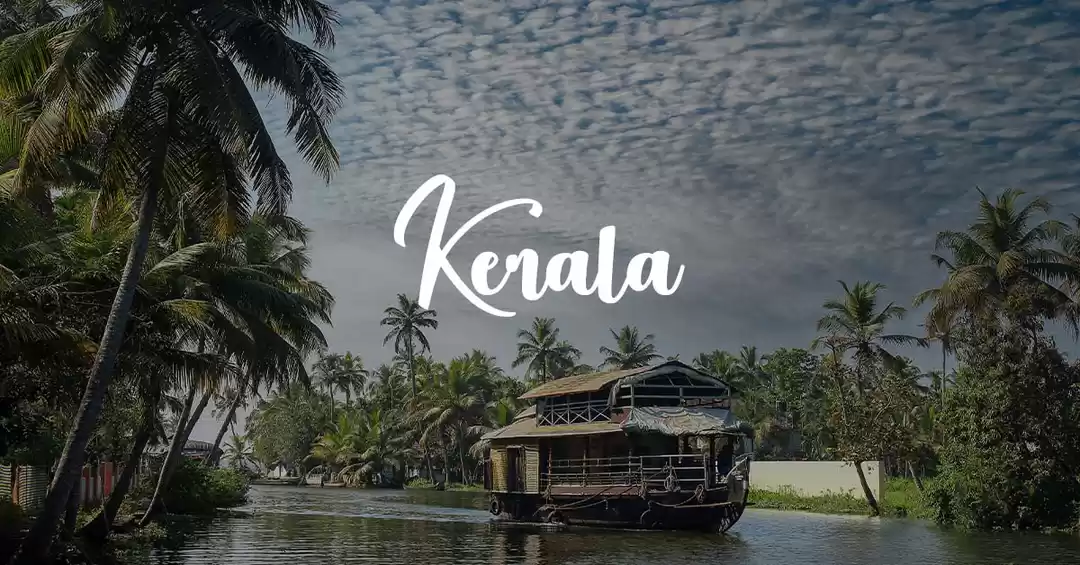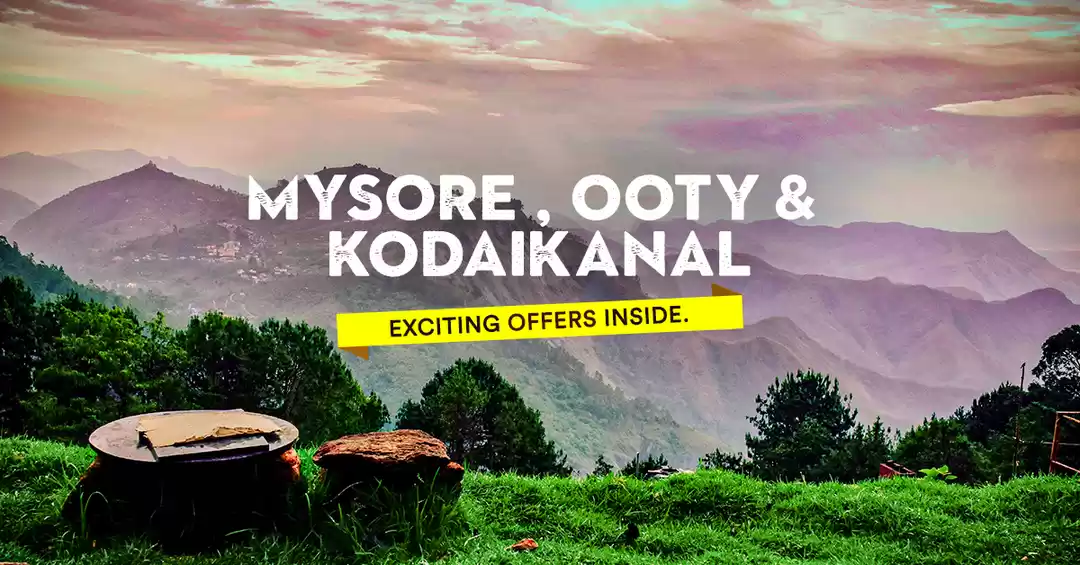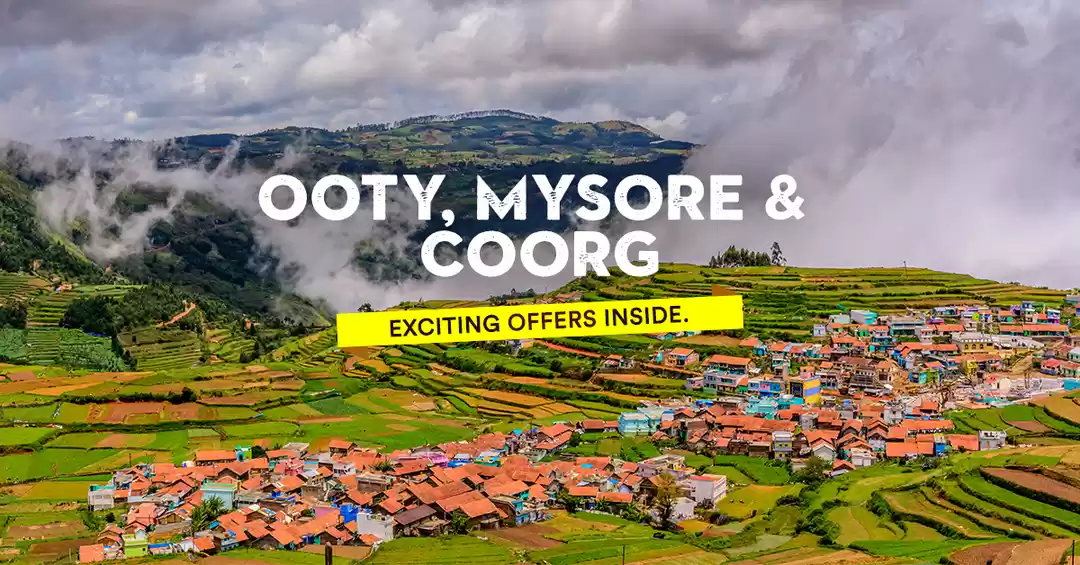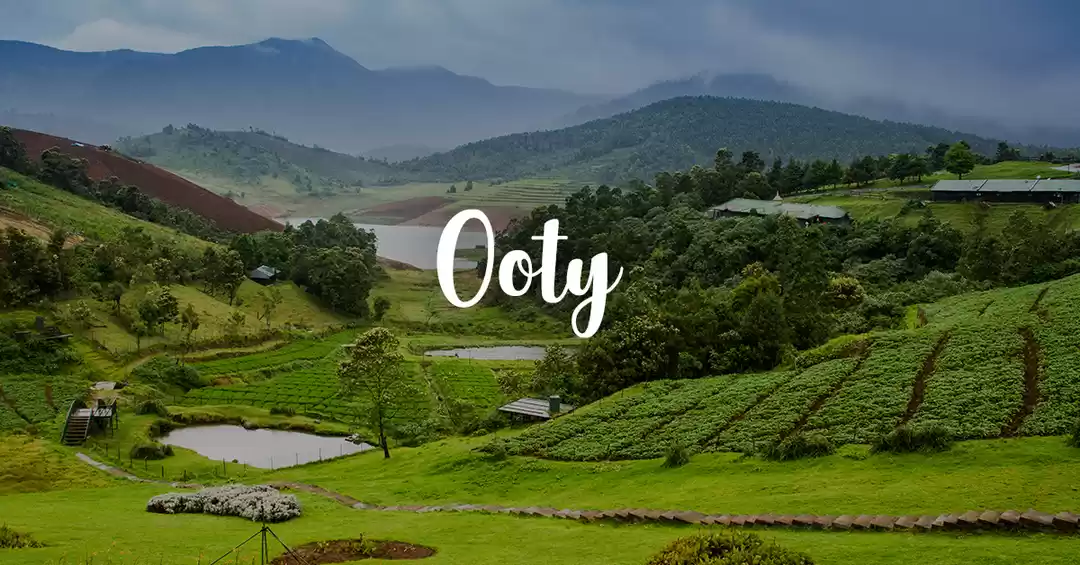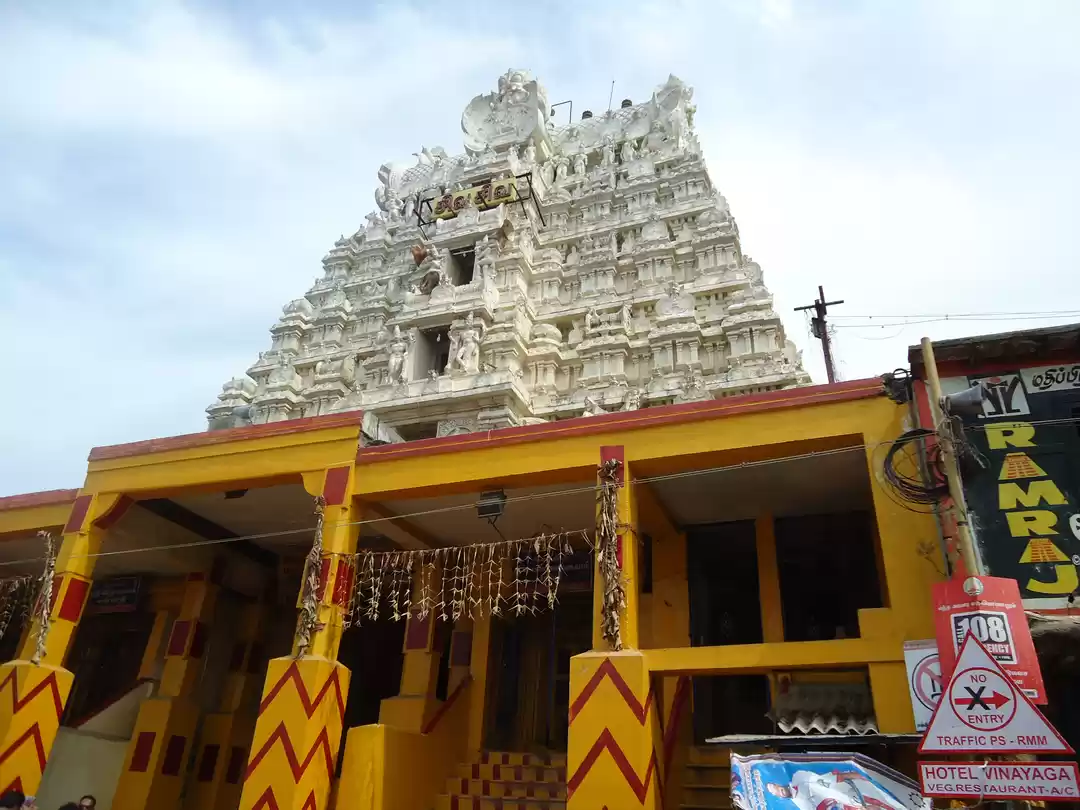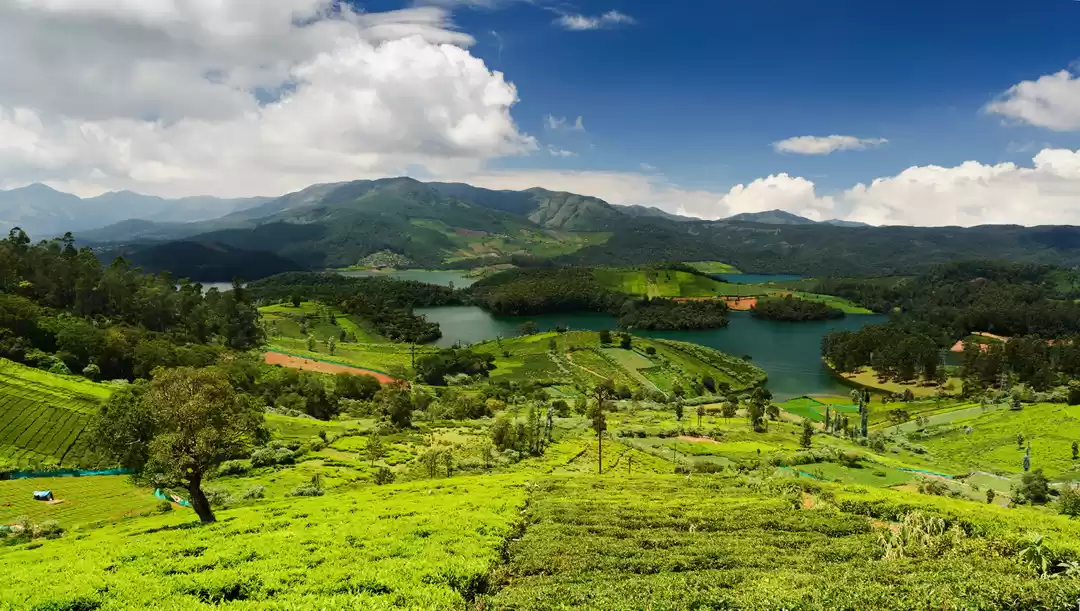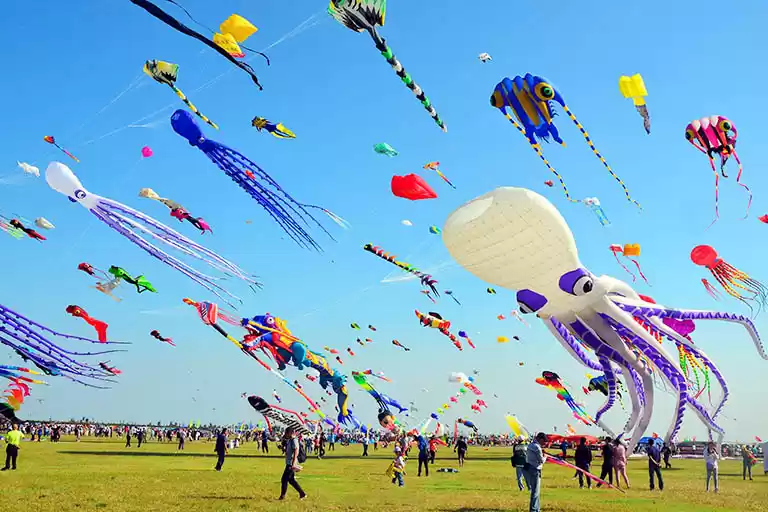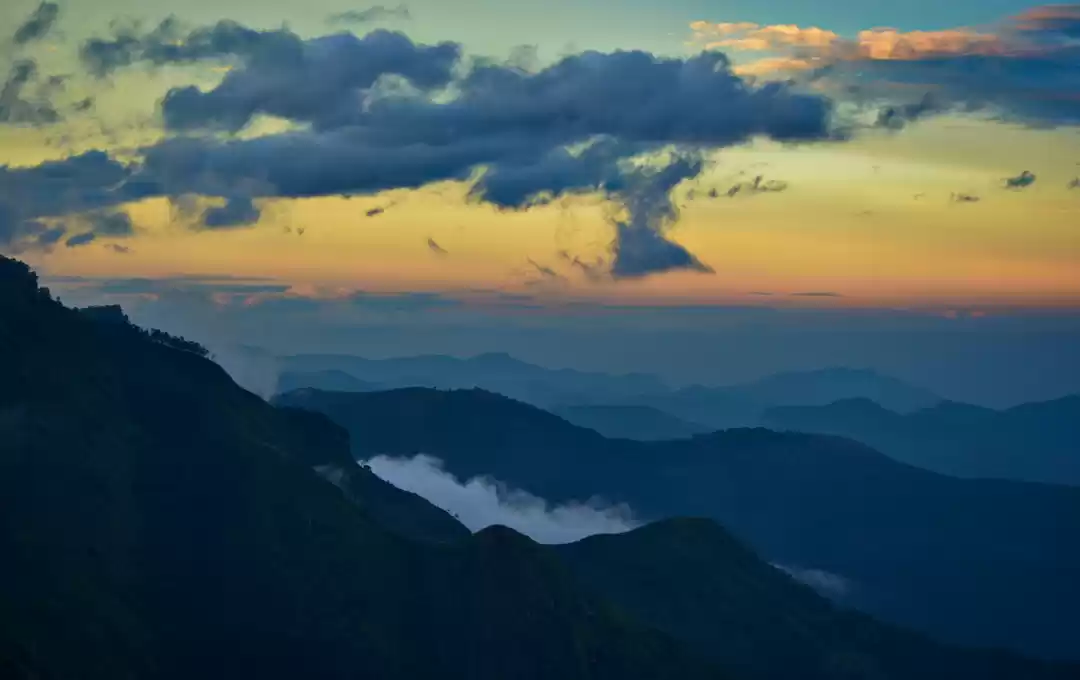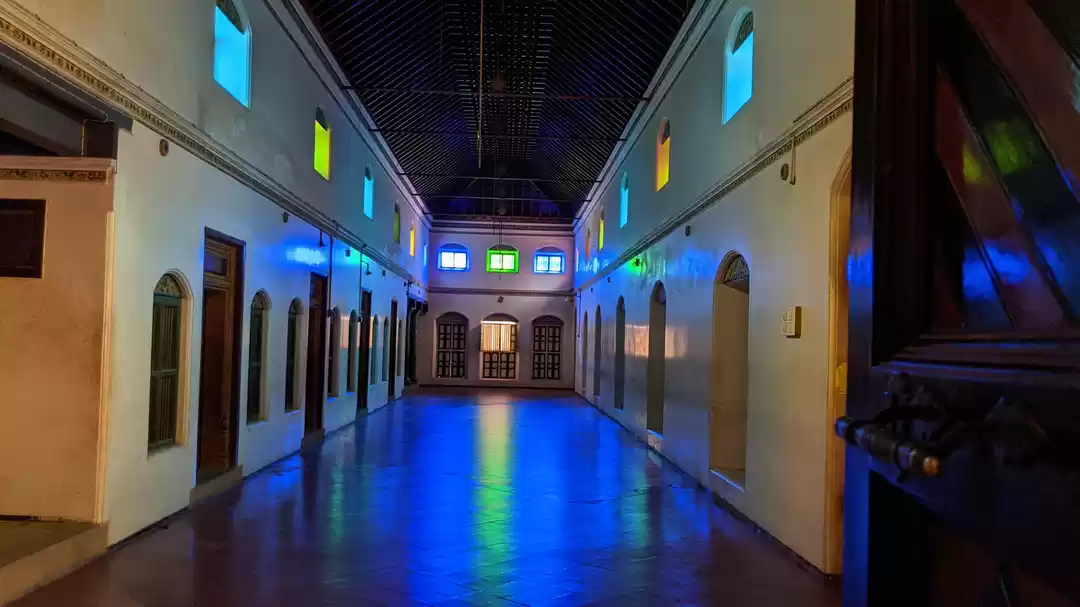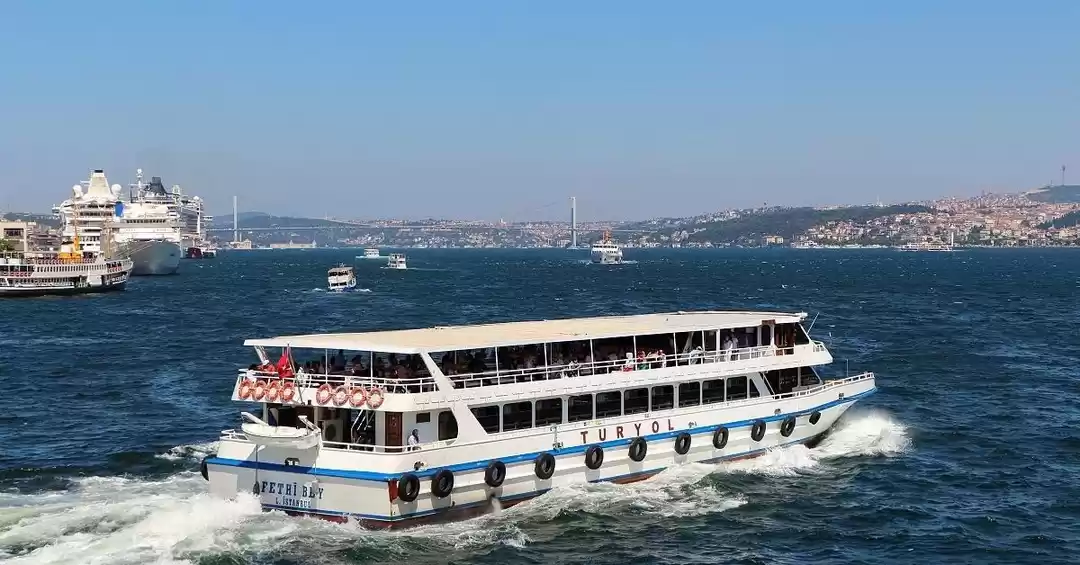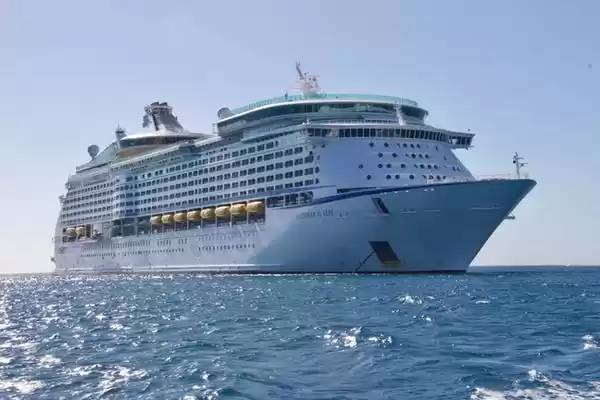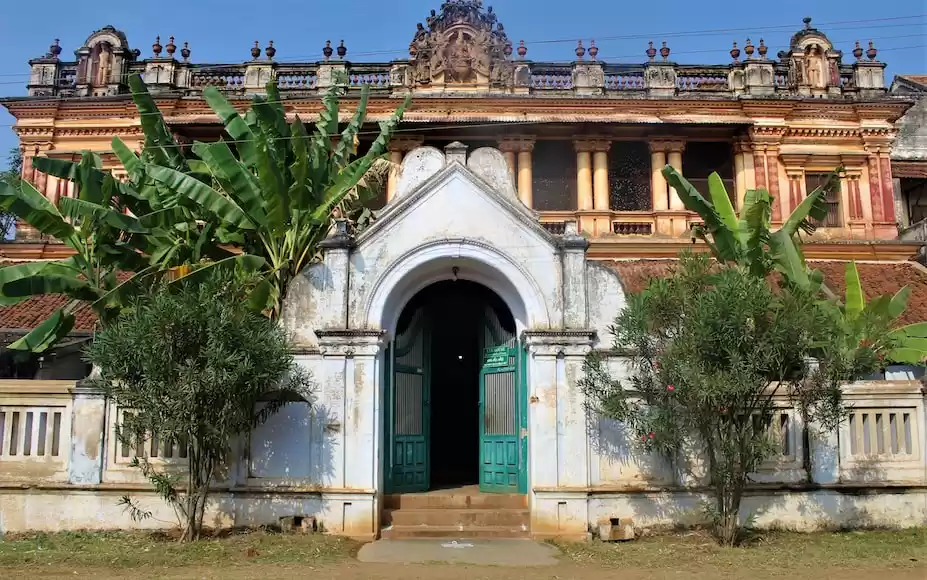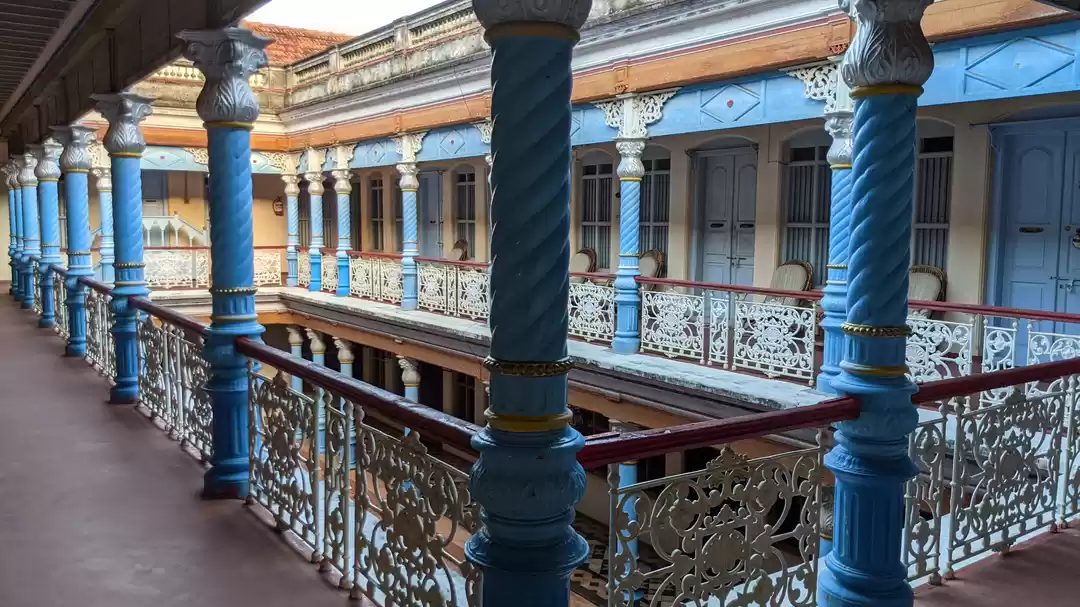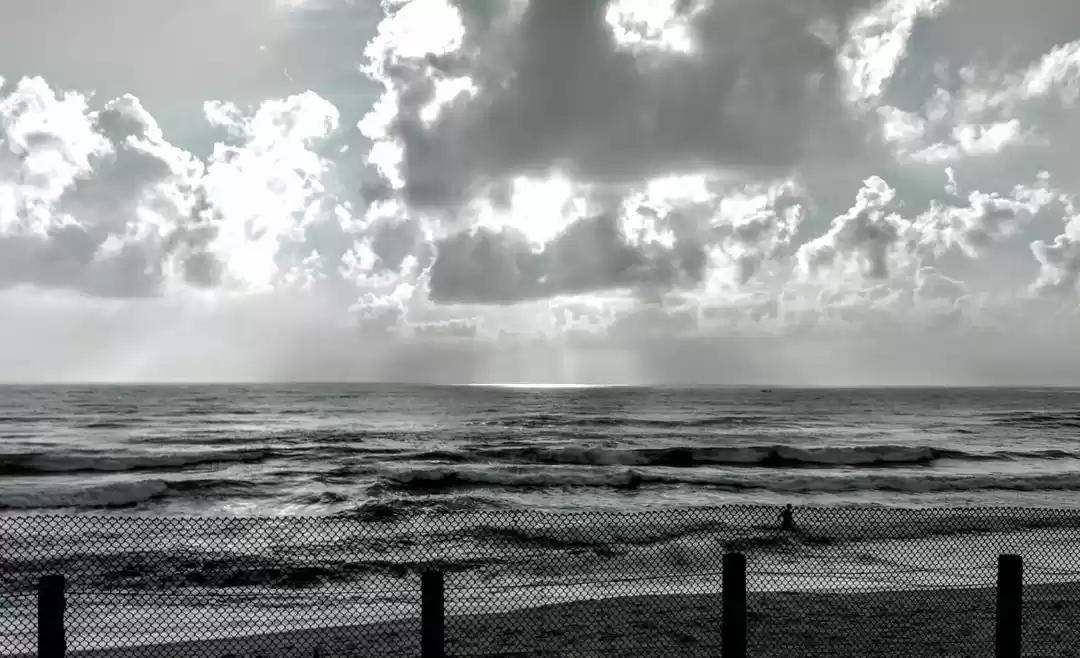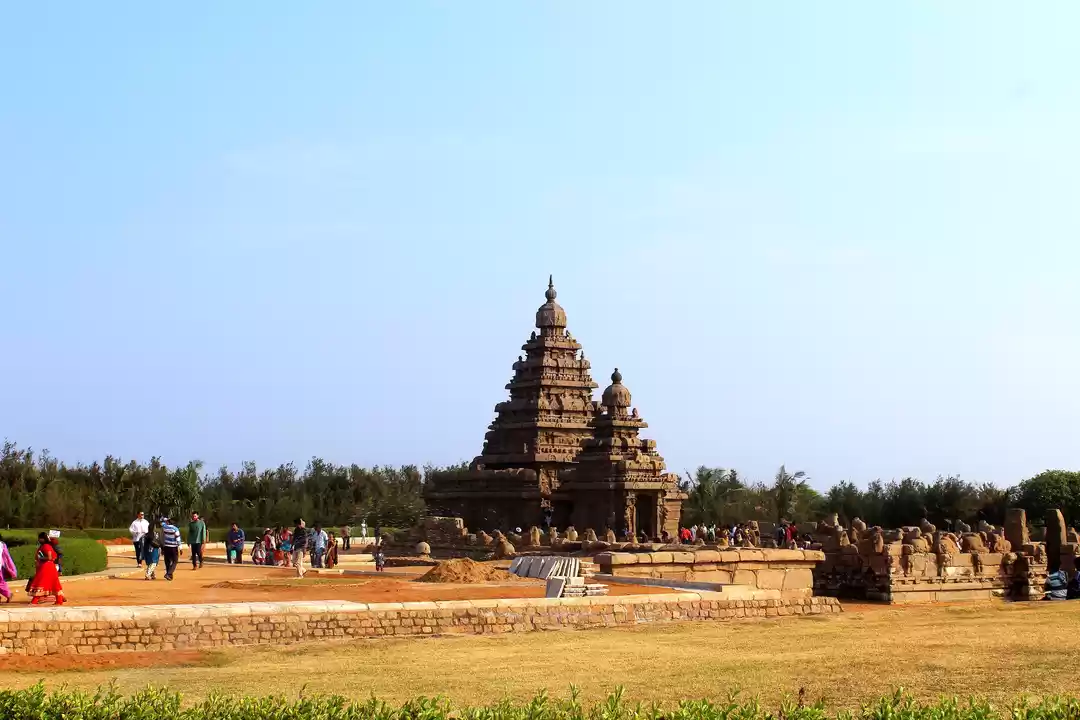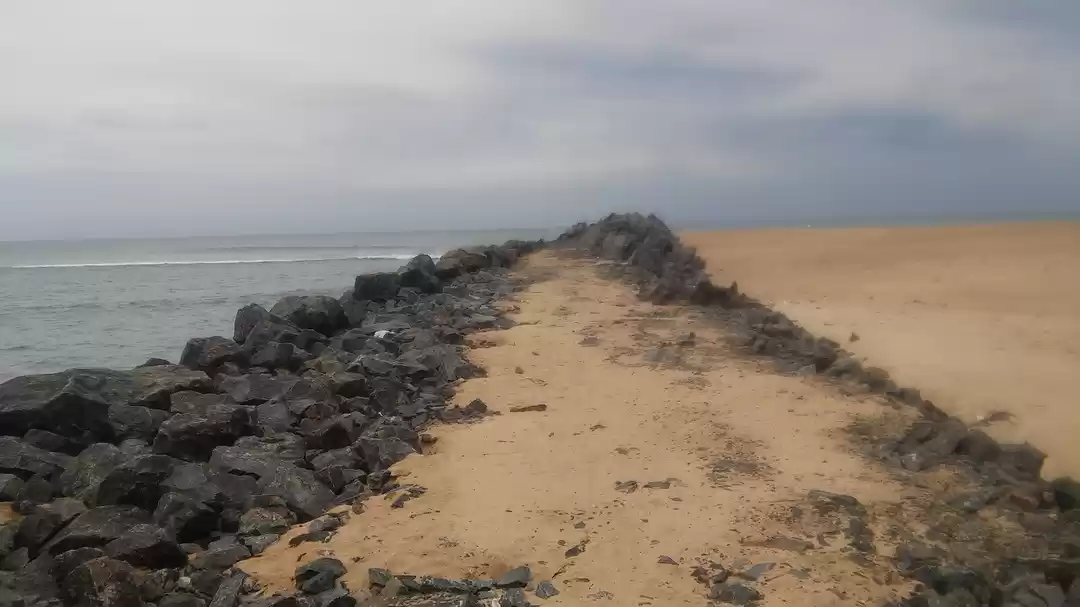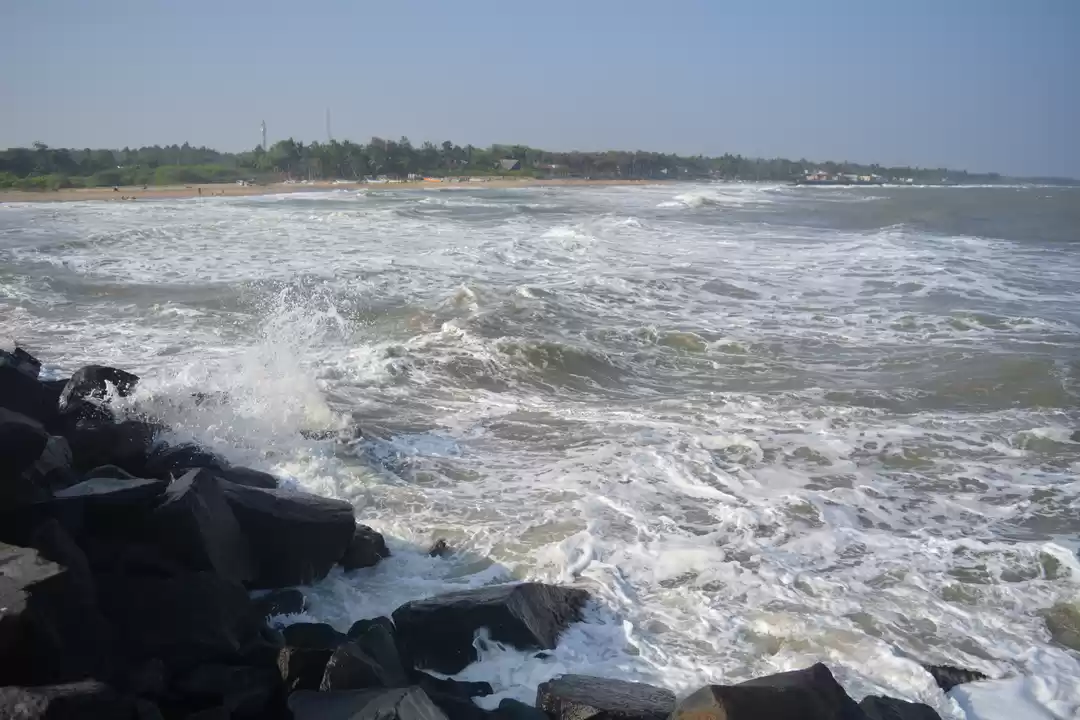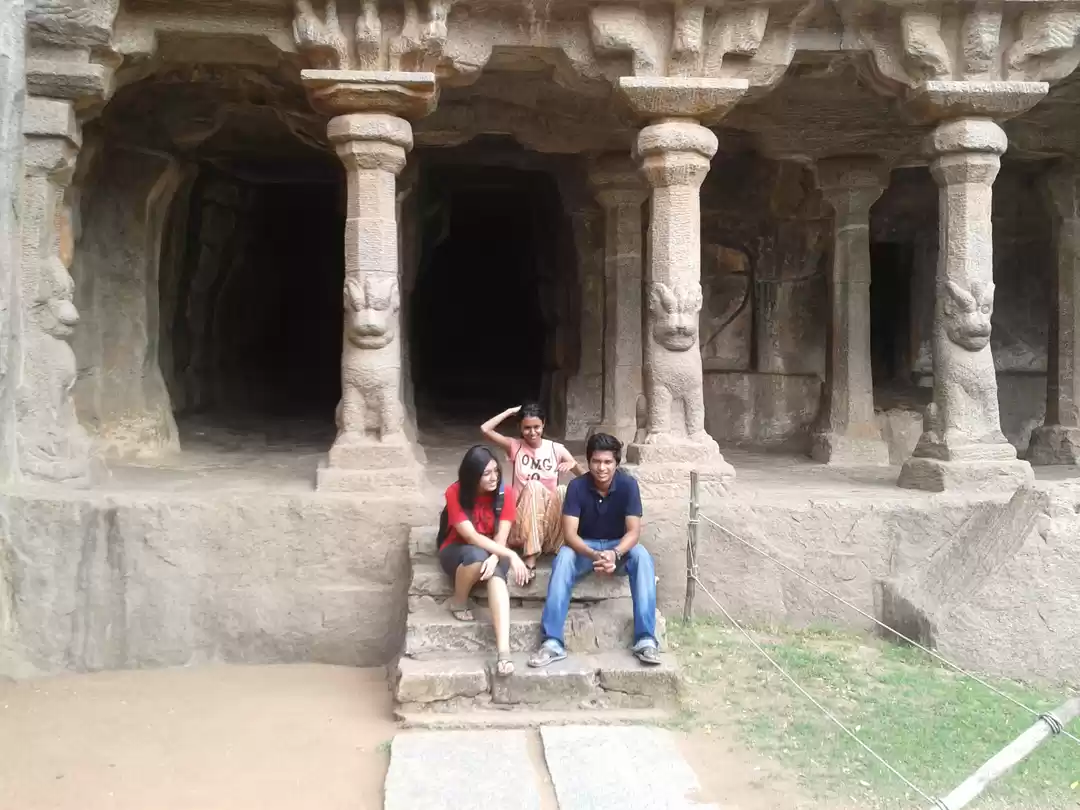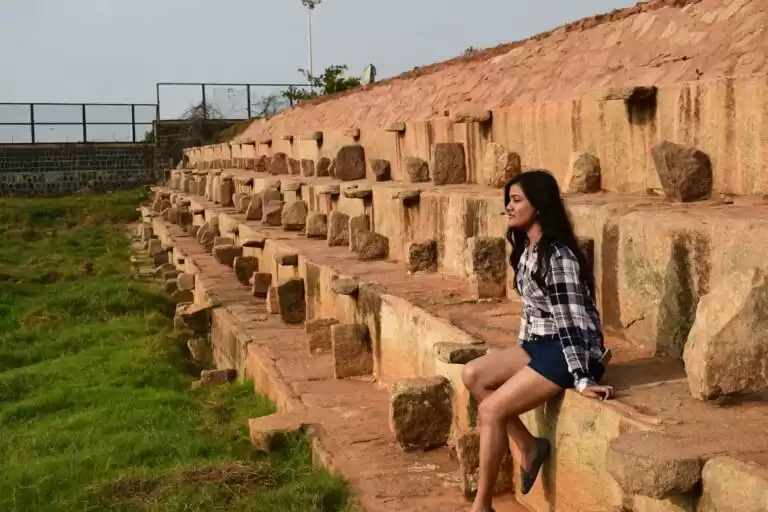







Mahabalipuram, also known as Mamallapuram, was historically one of the great port cities of Ancient India with seafarers making their way to and from Sri Lanka and South East Asia. The purpose of my trip to this quaint little beach town was less because of the history and more because of it's proximity to Chennai, the city where I was based at the time. Mahabalipuram is the weekend destination of choice for most of the people living in Chennai and I was hankering to find out why.
I rallied the troops, in this case two of my friends who had also recently moved to Chennai, and made my way to Tidel Park, a prominent IT park near the Thiruvanmiyur Train station, to catch a bus to Mahabs, as the college crowd calls it. The town is a mere 60 kms away from Chennai, so we decided to travel on a non-ac bus in order to save some cash. It took us about an hour and a half of traveling to reach the town. The journey was mostly good, with smooth roads and little traffic. There are also other places of interest on the way, like the Tiger Caves, a temple cut out of rock, which one can visit if one has the luxury of having a private vehicle or a suitable arrangement with a taxi.
We arrived at the bus stop took the closest street leading to the beach from the bus stand, which was lined with shops and restaurants. A specialty handicraft of Mahabalipuram is stone sculptures and we passed by many shops which had them on display. We paused for a while outside one such shop and watched as a sculptor worked his chisel on a huge half completed sculpture of Shiva, the Hindu god of destruction. The sheer range of sculptures for sale is amazing with some that can fit on your palm and some that were about a couple of feet tall, the prices varied accordingly. Along with the sculptures, the shops also sold scarves, leather sandals, pipes and the usual collection of tourist paraphernalia. We also entered "Moonrakers", a very popular restaurant which has great reviews on the internet. We discovered that the food was overpriced and we also wanted to have a meal at a place which had a view of the sea, so we made a hasty exit.
The azure waters of the Arabian sea rushed up to meet us as we finally set foot on sand. The beach itself was steep and there was very little space between the rushing waters and the buildings lining the shore. Only a handful of people were frolicking in the waters because of the intensity and erratic nature of the waves. The beach was lined with overturned fishing boats that had probably spent a hard night out in the choppy waters. A short distance away, the last remaining Shore temple looked down upon us, almost like a silent guardian, reminding us of the historical significance of the town.The only temple of the original seven pagodas that is still standing, the Shore Temple complex is a must visit for tourists. Our purpose for the trip was, however, to eat good food by the beach and we also had time constraints, so we decided to give it a miss.
The "Luna Magica restaurant" was our destination for the afternoon, a random choice as there were many restaurants along the beach boasting of Sea Food and a Fish "Plata". To our immense delight, we discovered that they also served beer at a slightly higher rate than the MRP. The waiter, upon inquiry, brought us a tray of uncooked whole fishes that looked like they were the morning's catch. We ordered our choice of a plate of squid, a pomfret and a snapper and sat back on the plastic red chairs, sipping on beer and looking out into the sea. When the food arrived, we set upon it voraciously. The fried fish we had ordered tasted slightly burnt and a bit salty and the fried rice was fairly decent. The Tiger Prawns were however very scrumptious and I relished digging out the tender meat from within the hard exterior shell. After that, we sat there till about 4 in the evening wallowing in contentment, that is until they presented us with the bill. The bill had come up to 3000 Rs, slightly in excess of what we were expecting. The Tiger Prawn which we had enjoyed so much had cost 600 Rs for a couple of pieces. The prices were actually pretty decent compared to the other fancier restaurants.
We paid up and made an exit towards the beach, dusk was falling and the dreary job of heading back into the city was upon us. We walked along the beach, with one of my friends speaking of the Pallava dynasty for whom the port of Mahabalipuram was the gateway to other countries, and then passed through the same street we came from, the shops now crowded with people, mostly tourists bargaining and checking out the sculptures. As it was getting dark, the fading light of the sun illuminated the light brown buses that would carry us home, our stomachs full and our minds at peace, already planning a future trip to this quiet beach town.






